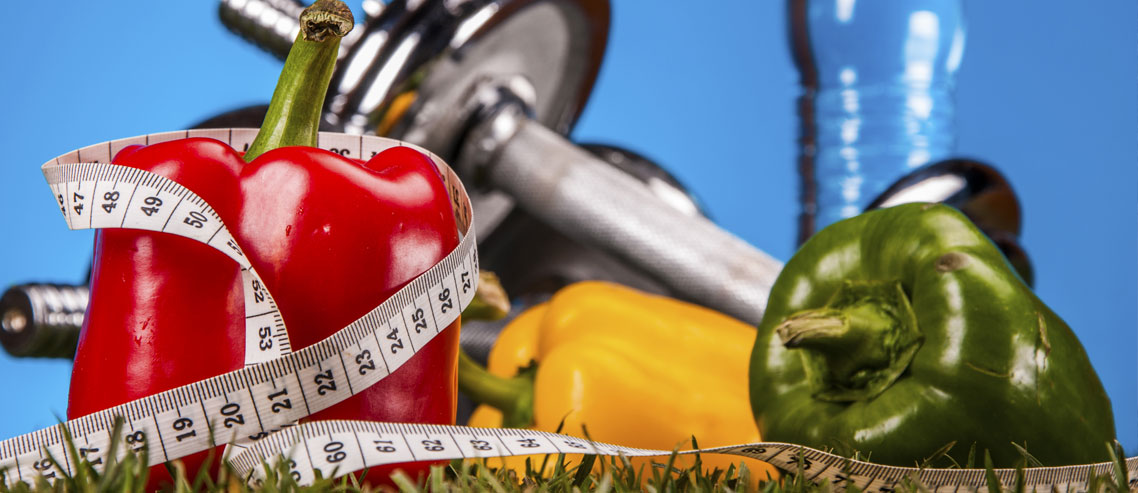The Dreaded Plateau!
How to Break a Hormonal Plateau
Many people often experience a stall in fat loss, especially those who are losing large amounts of weight. However, before concluding that you have hit a plateau, consider the following:
When following the Zone lifestyle one can gain muscle and lose fat simultaneously, with the end result being no weight loss on the scale.
A tape measure, having body fat checked regularly with either bio-electrical impedance (“BIA”) or calipers, or judging by the fit of your clothing are more accurate indicators than the scale.
Make sure that you are consuming the appropriate number of blocks per day. Keep in mind that 11 blocks is the minimum recommendation for adults (with some exceptions for petite women).
Have you recently started an exercise program? Believe it or not, you might not be eating enough food. Check the body fat calculator at www.drsears.com/Resources/tabid to ensure that you are consuming the correct number of blocks for your LBM (lean body mass) and your activity level.
Are you eating too much food? Most people tend to underestimate how much they actually eat and overestimate their physical activity.
The Zone lifestyle is a fat burning diet and requires large amount of water. Sometimes, simply increasing water intake can start weight loss again.
If you conclude that you are indeed at a plateau after considering the above criteria, here are some helpful pointers to get your fat loss started again:
1. Try to make sure all your carbohydrates are favourable. Choose low glycemic vegetables and fruits, with an emphasis on low glycemic vegetables. Vegetables tend to be a more effective carbohydrate choice because they are less carbohydrate dense than fruit.
2. Drop 1 mini block of carbohydrate and add 3 mini blocks of fat at each meal. A 3 block meal would then be 3P, 2C, 6F (See chart below). Making this adjustment will keep the calories about the same without affecting insulin levels. One mini block of carbohydrate contains approximately 36 calories (9 grams x 4) whilst 3 mini blocks of fat contains approximately 40.5 calories (4.5 x 9). Remember, fat has no effect on insulin, but carbohydrate is a powerful stimulator. By lowering insulin levels the body can tap into its own fat stores.
3. Another method is the rotation method utilizing blocks. I have based this on a person eating 12 blocks a day and here is how it works: For 3 days only eat 8 blocks broken down into 6-7 small snacks. For the next 4 days eat 10 blocks broken down into 6-7 small snacks. For the next 7 days (1 week) eat 12 blocks. Repeat this whole procedure one more time starting at 8 blocks. The entire rotation method takes 4 weeks. Remember never to go under 8 blocks a day, so if you eat 11 blocks daily your rotation blocks would be 8/10/11. If you are a man eating 14 block daily your rotation blocks would be 10/12/14.
4. Breaking up your blocks into smaller, more frequent meals throughout the day is another helpful way to increase metabolism and break a hormonal plateau.
5. Increasing any existing aerobic activity that you are already doing can also help to get you past your plateau.
6. Use water as your primary beverage and avoid anything containing caffeine or artificial sweeteners as both can affect insulin levels. Remember we all have individual biochemistries and this may not pertain to all individuals.
Once you begin to lose body fat, you can go back to your correct number of protein, carbohydrate, and fat blocks.
DROP A CARBOHYDRATE, DOUBLE THE FAT
| Protein (7g) | Carbohydrate (9g) | *Fat (1.5g) |
| Protein (7g) | Carbohydrate (9g) | Fat (1.5g) |
| Protein (7g) | Fat (1.5g) | |
| Fat (1.5g) | ||
| Fat (1.5g) | ||
| Fat (1.5g) | ||
| 21 g P | 18 g C | 9 g F (4.5 g hidden in P) |
*If eating no-fat protein sources (ie egg whites, protein powders) add three more mini blocks (1.5 g each) of fat.




